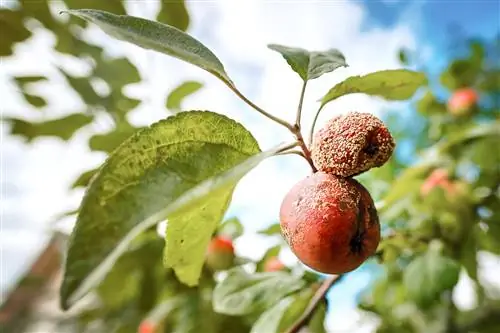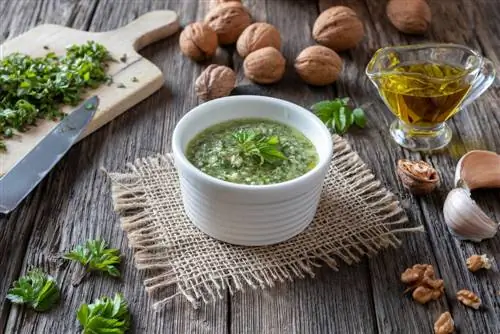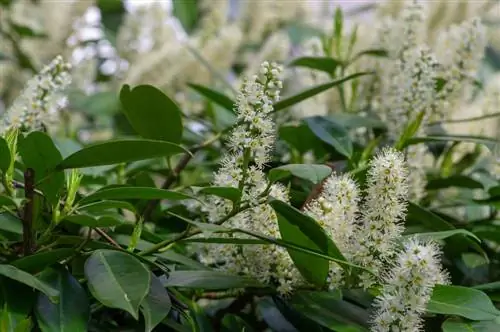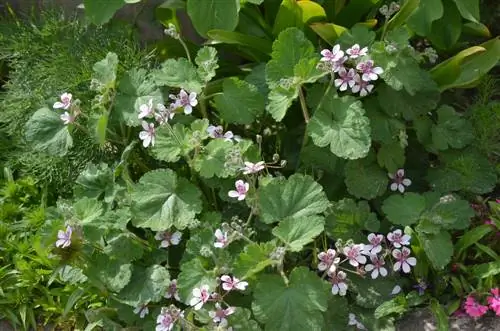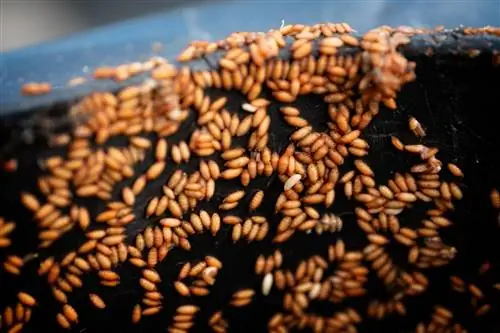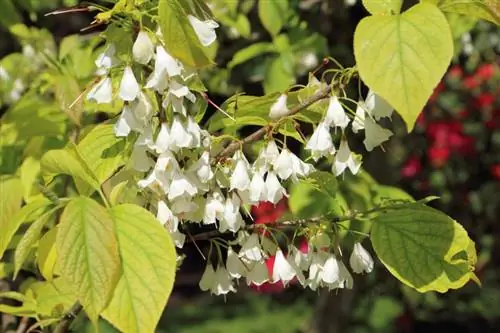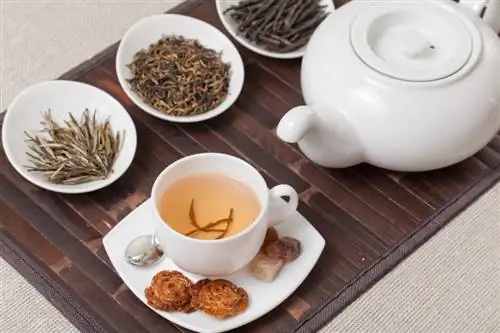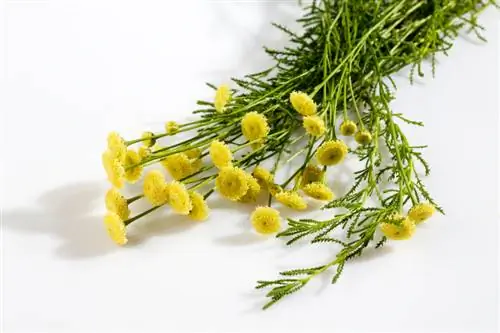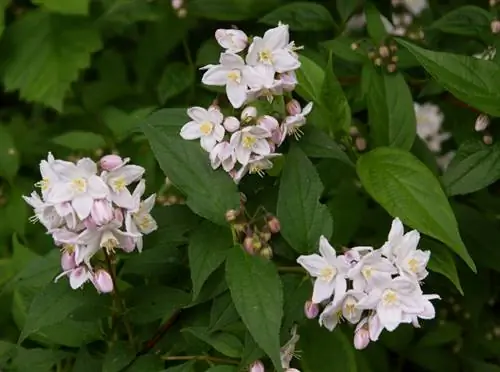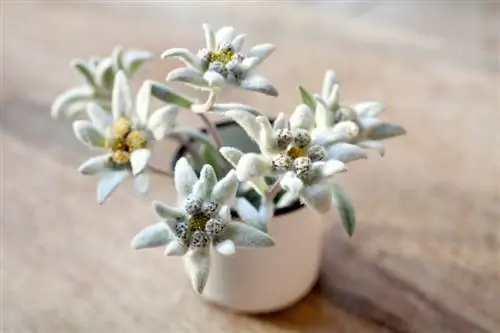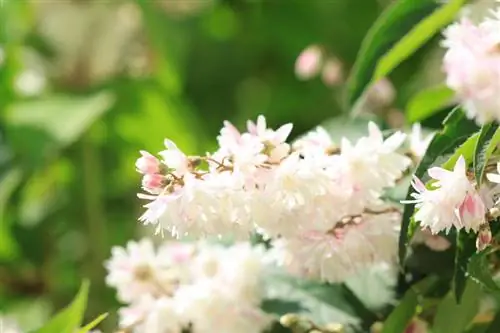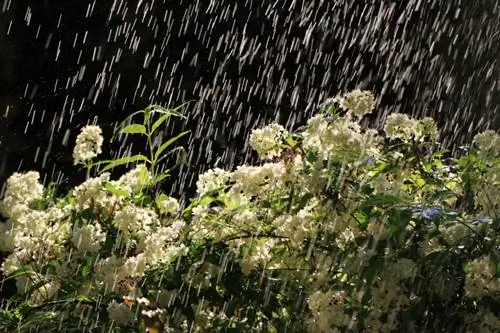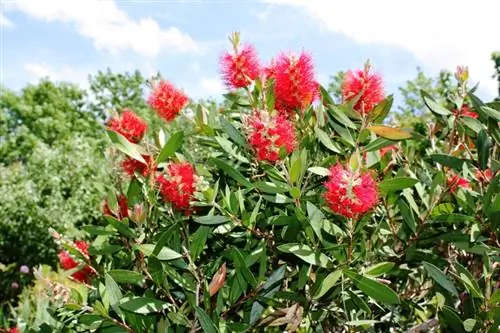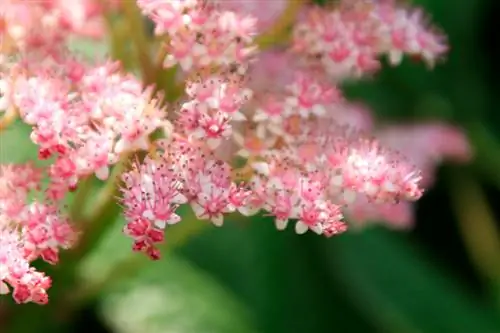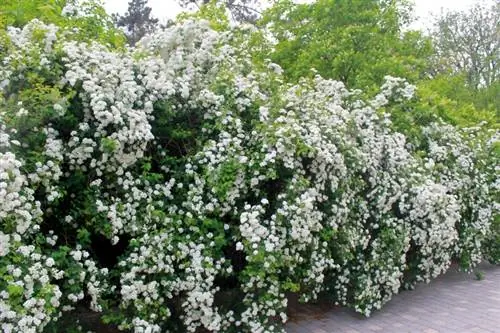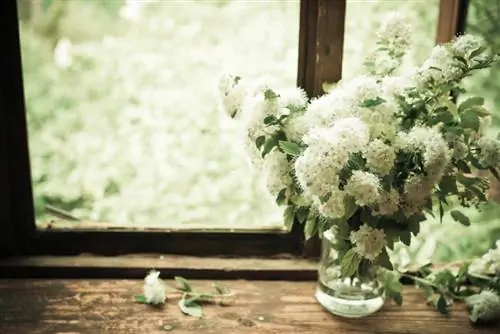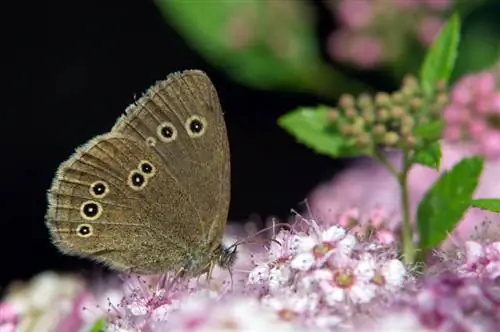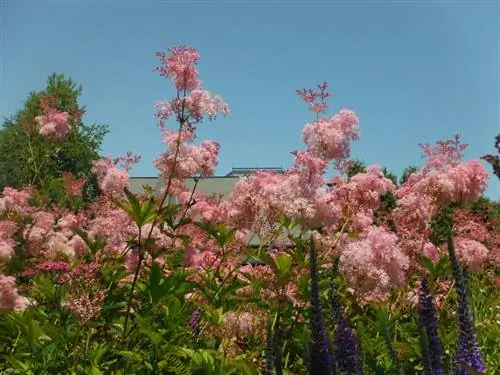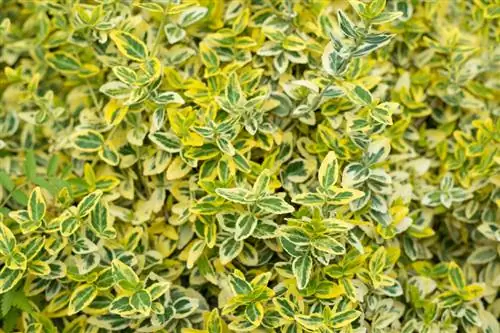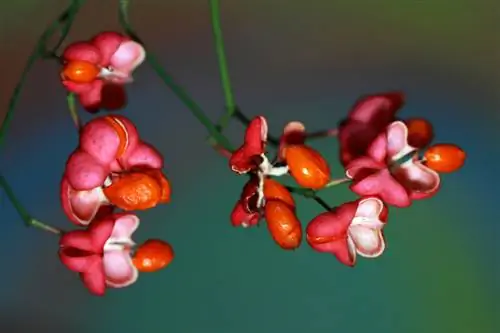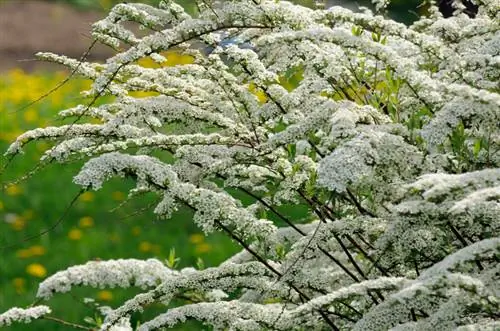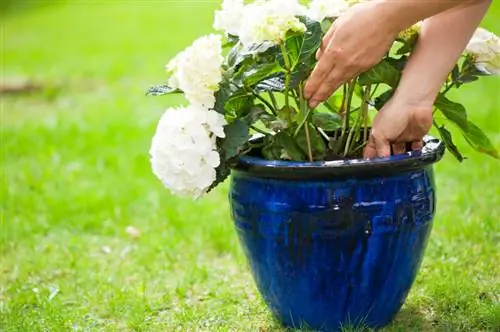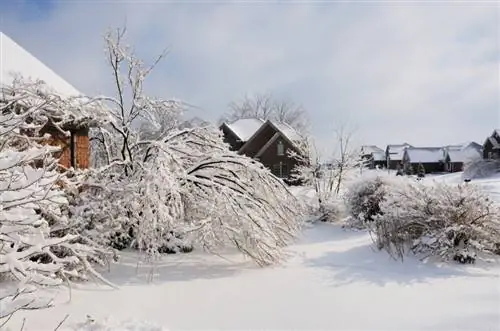How to turn an ordinary garden plot into a paradise
Editor's choice
Interesting articles
New
Last modified
2025-10-04 22:10
If all the apples on the tree rot, this can have different causes. You can find out what these are and how to deal with them in this article
2025-10-04 22:10
Drying, freezing and more: Here you will find out how you can preserve groundweed and use it in a variety of ways in the kitchen
2025-10-04 22:10
Laurel cherry - cutting and propagating ✓ Portuguese laurel cherry poisonous? ✓ Brown leaves and diseases ✓ Planting and care tips (cherry laurel)
2025-10-04 22:10
Heron's Beak - In the profile ✓ Is Common Heron's Beak poisonous? ✓ Winter hardiness ✓ Notes on planting and care
2025-10-04 22:10
In this article we will show you how to get rid of fly larvae in the garbage can and reliably keep them out of the garbage can in the future
Popular for the month
Deutzia grow slowly, but the bushes cannot survive without pruning. This is how you prune spring-flowering shrubs correctly
Sacred herb is not only a pretty ornamental perennial in the garden, it can also be used as a home remedy. Tips for using holy herb
Holywort is a very pretty perennial in the garden that doesn't require a lot of care. Regular cutting keeps the plant in shape
Propagating Deutzia is easy and almost always successful. What you need to consider when propagating the popular spring bloomers
The edelweiss is a very undemanding perennial that requires little care. Only after flowering is it cut back to just above the ground
The Deutzia is an ornamental shrub from the hydrangea family. The spring bloomer is grown as a single plant or hedge in the garden
The smaller varieties of Deutzia in particular are ideal hedge plants. What you need to know if you want to plant a Deutzia hedge
Here you can find out the growth dimensions, characteristics and care needs of the shrub-shaped cylinder cleaner
Are you looking for an easy-care and flowering plant for your garden? Here you will find out the most important things about the different types of spar bush
Do you want to plant a hedge in your garden? Maybe the spar bush is suitable for your purposes. Here you can find out interesting facts about the plant
Do you have spar bushes in your garden? Here you will find out the most important things about the propagation of these decorative and flowering shrubs
Have you planted a spar bush in your garden? Here you will find out how you should separate the spar bush so that you can enjoy it for a long time
Are you looking for a flowering plant for your garden? Here you will find out the most important things about the flowering times of the different varieties of the spar bush
Are you interested in decorative spar bushes? Here's how to find out whether these shrubs can be dangerous to children and pets
Are you looking for a decorative, flowering plant for your perennial garden? Here you will find out the most important things about caring for the spar bush
Would you like to plant the Japanese spindle bush in your garden? Here you will find out the most important things about its toxicity and the corresponding symptoms
Would you like to plant the Japanese spindle bush in your garden? Here you will find out the most important things about caring for this interesting shrub
Would you like to plant an easy-care, flowering spar in your garden? Here you will find out the most important things about choosing a location
You should pay special attention to the roots of the hydrangea. We will explain to you how you can prevent root damage
Are you looking for an evergreen shrub for your garden? Here you can find out how to properly care for the Japanese spindle bush in winter

